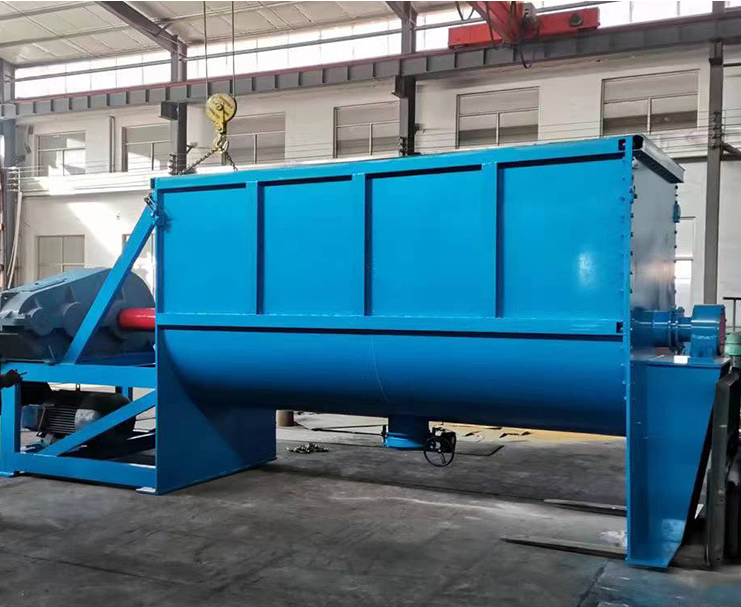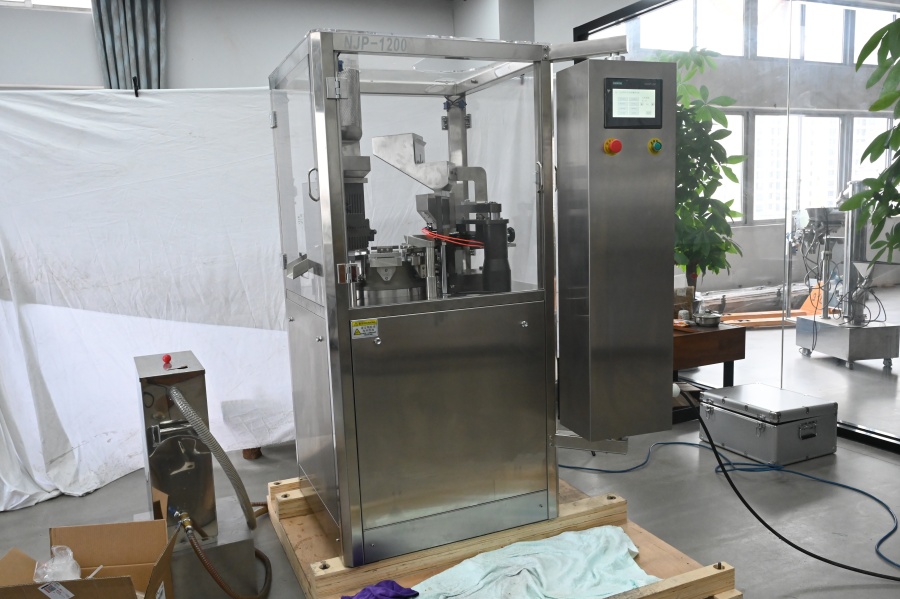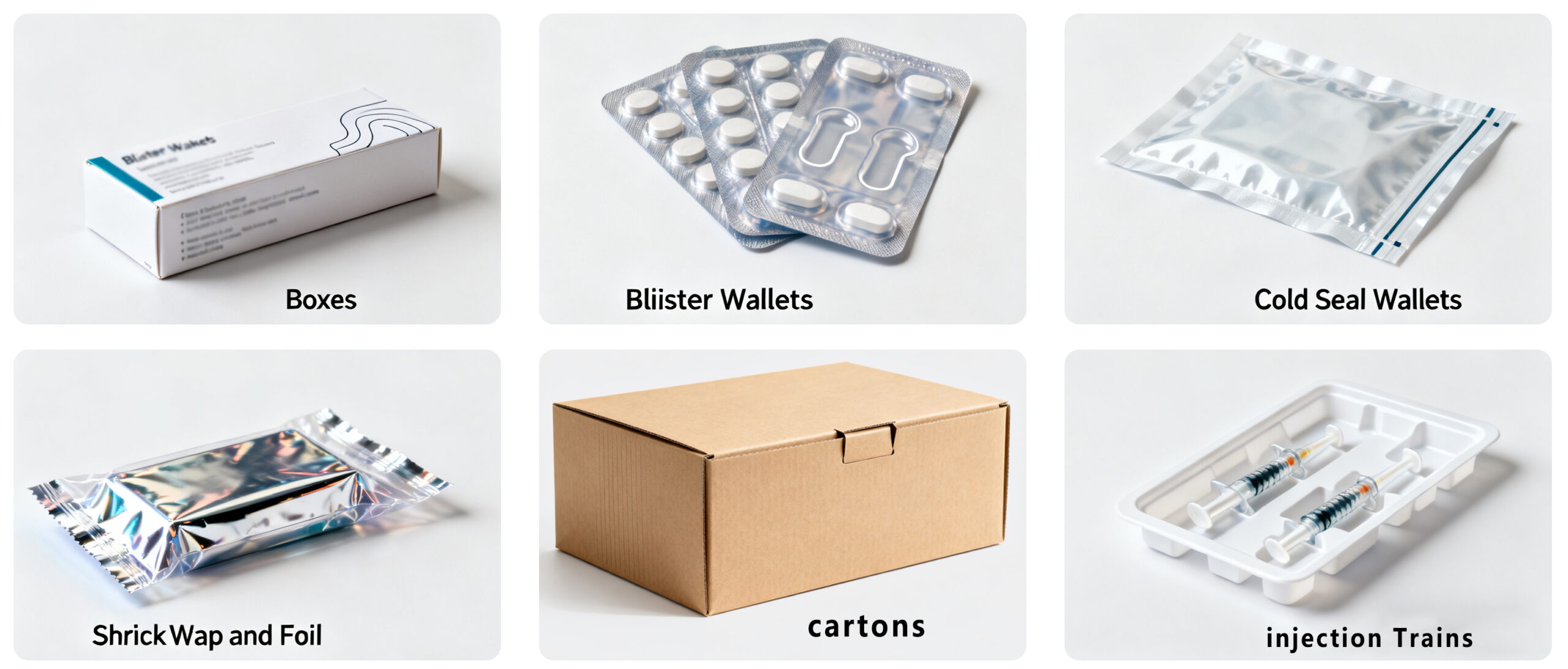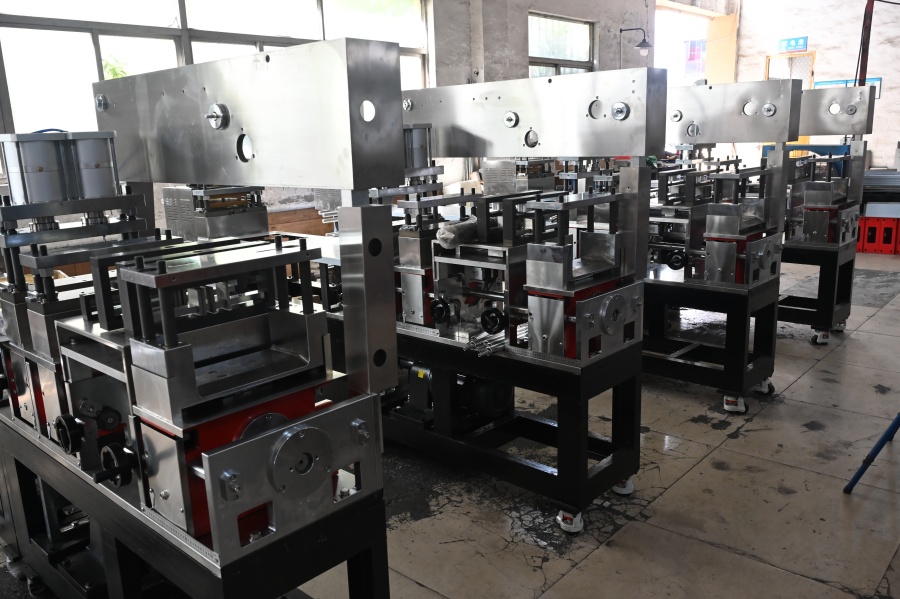Packaging is often an overlooked element, but it greatly impacts customer experience. Statistics show that 52% of people are more likely to be repeat customers of online retailers if their purchases arrive in high-quality packaging. This shows that having top-notch packaging line equipment is no longer a luxury; it’s a necessity.
If you want to know more about packaging line equipment and how it benefits your business, keep reading!
What is a Packaging Line?
Typically, a packaging line refers to a series of packaging equipment that prepares the products for distribution, storage, and sale. The equipment can be manual, semi-automatic, or automatic, depending on the scale and needs of the business.
Pharmaceuticals, beverages, chemicals, and other industries rely on packaging lines to protect their products during shipment or handling.
Know that the overall configuration of the production or packaging line isn’t always the same. It varies depending on the type of product being packaged, the packaging material, and the specific requirements of a production process.
Steps of a Packaging Line
Now that you are aware of the basics of packaging line equipment, let’s look at the key steps involved in it:
- Firstly, the feed is given, which involves loading a product on the line from production or storage. It can be done manually, or equipment like vibrating hoppers can be used.
- Once the product is on the line, it’s then weighed and dosed in packages. The goal is to ensure that each pack contains an equal amount of product, whether it’s a medicine, chemical, or food ingredient. Some technologies that play a role in this include linear weighers or specific dosing systems.
- Now, the product is closed either by sealing or capping to prevent any leaking issues. Heat sealers and capping systems are the key equipment in this regard. After sealing, the last step is a quality check, where the package is inspected for weight, fill level, and seal integrity.
Labels, including product information such as barcode, branding, and other information, are applied. The purpose is to make identification easy and enhance brand recognition. Now, the final packaged products are grouped in cartons and placed on pallets for either transportation or safe storage.
Types of Packaging Line Equipment
There is a diverse range of packaging line equipment, from automatic filling machines to semi-automatic filling machines and conveyor systems. Let’s discuss all these in detail:
Automatic Filling Machines
Automatic filling machines, as the name implies, are equipment that automatically fill containers with liquid, powder, or other materials. There’s no human intervention as these machines often feature conveyor belts for automatic container movement and ensure precise filling. The working is simple:
- Empty bottles, tubes, or capsules are fed via a conveyor.
- The conveyor brings each bottle under a filling nozzle.
- Liquid, powder, or other sticky material is dispensed carefully via a piston or vacuum.
- The filled bottles are capped or sealed and undergo further processing, such as labelling.
Typically, you’ll encounter two types of automatic filling machines in the packaging line equipment: volumetric piston fillers and vacuum filling machines.
Volumetric piston fillers use pistons to fill a product into the bottle accurately. They are useful for handling liquids, solids, and even particulates. On the other hand, vacuum filling machines rely on vacuum suction to level liquid.
They are consistent, clear, and more suitable for rigid plastic or glass containers. Creams, perfumes, toners, and oils are the applications of automatic filling machines.
Semi-Automatic Filling Machines
Semi-automatic filling machines are packaging line equipment that automate a few parts of the packaging process but still require manual intervention for some tasks. For instance, an operator may have to deal with the loading and unloading of the feed or product.
These machines are flexible and have gained popularity due to their ability to handle various container sizes and shapes. However, they are more suitable for small to medium production runs.
Here’s an overview of the working of semi-automatic filling machines:
- A human operator places an empty container, like a bottle, jar, or capsule, under the filling nozzle.
- They activate the filling process either through a button or a foot pedal.
- The machine then automatically dispenses the product or solution into the container based on preset parameters of weight and volume.
- Human operators carefully monitor the process and make adjustments as needed to ensure good quality.
- Once filled, the operator removes the container from under the nozzle and places the next container for filling.
Like automatic filling machines, semi-automatic ones find applications in the food and beverage industry, where they fill juices or other products into jars or bottles. They are also useful in the pharmaceutical industry and cosmetics, where they fill capsules and lotions, respectively.
Vertical Packaging Lines
Vertical packaging machines, as evident by their name, fill and seal bags in a vertical position. These machines can be used to pack a number of items, ranging from grainy coffee to sugar, flour, and milk powder. The benefits of using this equipment include easy operation, as even first-time users can operate it hassle-free, and heavy packaging efficiency.
Horizontal Packaging Lines
Horizontal packaging machines, also known as horizontal flow wrap machines, are part of packaging line equipment. They pack goods in a horizontal orientation and handle everything from soaps to cereal bars to toys. The pros of this machine include high packaging speed and accurate, polished, and professional product display.
Conveyors
Conveyors may not be directly involved in the packaging process, but they are an important part of the packaging line equipment. For instance, they help transfer material from one machine to another using a conveyor belt.
Sealing Machines
Another integral element of packaging line equipment is the sealing machine. Typically, sealing machines are devices that use heat and pressure or a combination of both to create a secure closure on packaging materials. Here’s an overview of their different types:
- Sealing Machine: Equipment that hermetically seals cans, creating an airtight and leak-proof container. They are vital in the food, beverage, and other industries that rely on canned goods.
- Plastic Pouch Sealing Machines: You often get your favourite snacks in a plastic pouch, but have you ever wondered what ensures the contents within the pack reach you safely? That’s where plastic pouch sealing machines come in! These machines use heat to seal the open end of the pouches, safeguarding your snacks from spilling out.
- Carton Box Sealing Machine: Carton box sealing machines are more suitable for larger items and bulk products. They are used to seal the flaps of the carton or box so the goods inside remain protected during storage and transit.
Benefits of Packaging Line Equipment
Do you know the global end-of-line packaging market size is at around USD 6.66 billion in 2025 and is expected to reach around USD 9.30 billion by 2034? Yes, it’s true! Here are some compelling reasons why many businesses are now investing in packaging line equipment:
Maintain Competitive Edge
One of the major benefits of packaging line equipment is that it helps you maintain a competitive edge. How? Well, these machines ensure that products are packaged quickly without any errors or bottlenecks. As a result, you can fulfill orders quickly and meet customer demands. You can keep up with the pace of retailers so they won’t have to go elsewhere.
Lower Labor Costs
Running a business isn’t an easy task, especially when most of your money goes to paying labor. On top of this, payroll tax, sick pay, and holiday pay can further exacerbate the financial stress. However, there’s nothing to worry about as packaging line equipment can ease this worry.
Since these machines automate most processes, you need minimal labor during packaging. Your staff will be mostly busy in maintenance, customer service, and management, but there will be a significant cut in overall labor costs.
Reduce Waste
The world is fighting huge waste and global warming. If your employees make errors during packaging, you’ll be contributing to that waste, worsening the Earth’s living conditions.
Statistics show that packaging accounts for 37% of total plastic waste in the United States, 38% in Europe, and 45% in China.
Therefore, a primary reason to invest in packaging line equipment is reduced waste. The equipment is automated, and there’s little to no room for errors. Each container placed gets filled accurately, lowering overall waste and product rejection.
How to Choose a Packaging Line for Your Business?
If you want to set up packaging line equipment but don’t know where to start, here are some tips to help you:
- Assess Your Needs: First, you should assess your needs by identifying the type of product you want to package, the packaging material, and available space.
- Choose the Machine: Decide whether you want a continuous, high-speed machine or a slower, intermittent motion machine. Make sure the equipment can handle a variety of materials and is easy to maintain.
- Budget: While it’s natural to opt for the best and most modern packaging line equipment, you should stick to your budget. If you run a small or medium-sized production house, you should opt for a budget-friendly semi-automatic machine. However, if you deal with bulk loads, it’s the right approach to invest in an expensive and fully automatic model.
FAQs
What’s the difference between primary and secondary packaging machines?
Primary packaging machines are the first layer that actually touches the product, while the secondary line or machines group the products for shipping.
Are there packaging lines specifically designed for liquids or powders?
Yes, there are packaging lines specifically designed for liquids and powders. For example, liquid packaging lines use nozzles and pumps while powder lines rely on augers or vibratory feeders.
Can packaging line equipment be customized?
Yes, packaging line equipment can be customized to suit product style, packaging material, and industry standards.
Conclusion
Finding the right packaging line equipment can sometimes become overwhelming. However, to ease your worry, Finetech offers the best solution. Contact us today to explore our wide range of filling, sealing, and packaging machines or discuss your needs for personalized equipment!





